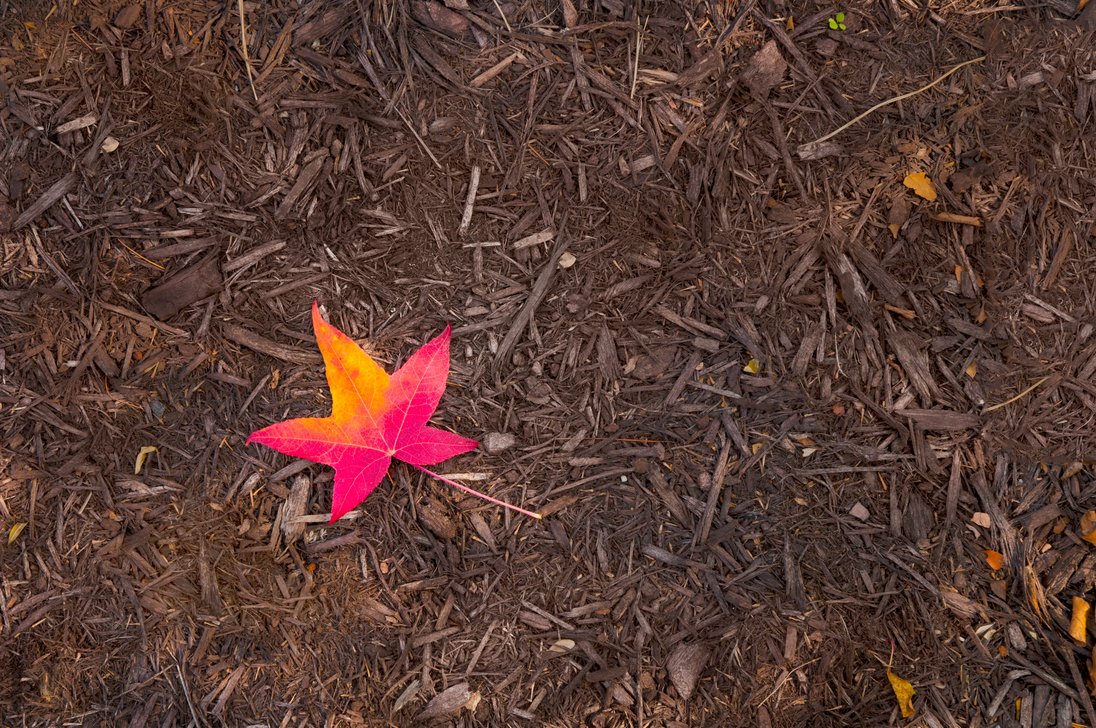Why You Should Add Mulch Every Fall
Mulching is an easy and effective way to winterize your landscape saving you time, money, and energy when spring arrives. This fall mulch your plant and flower beds, shrubs, and trees to enjoy both short- and long-term benefits.
Mulch in the Fall
A little prep work in your landscape now can save hours of effort down the line. Mulching, or adding a layer of insulating organic matter to the surface of your soil, can certainly protect and beautify plant beds in late spring, but mulch also adds numerous benefits during the winter by protecting roots, preventing weeds, and nourishing the soil biome.
Preserve Perennials
Perennial plants, unlike annuals, come back year after year — or they can, with the right treatment. Fall is the perfect time to give your perennials a little TLC, by adding a layer of mulch around stalks and roots. When exposed to cooler temperatures, roots that lie in the top few inches of soil can get easily stressed and frostbitten. Mulch made of finer particles like leaf compost or pine straw provide the ideal protection. These finer organic mulches break down more easily than coarse wood chip or bark mulches, providing essential nutrients for plants during the winter months.
Enrich Soil
As the organic matter in mulch breaks down it releases minerals and nitrogen, which enriches the soil throughout the fall and winter, and leads to healthier shoots and blooms in spring. Fall mulching also gives soil-improving earthworms and microbes added warmth and good food for the winter. In short, when you apply a layer of mulch to your bed, you are nourishing your landscape's entire ecosystem. The key is to choose the right mulch: bark chips for trees; straw for vegetable beds and strawberry patches; pine needles or shredded leaves for ornamental flowers and shrubs.
Reduce Temperature Swings
In many regions, autumn is a time of major weather swings. Cycles of freezing and thawing can wreak havoc on delicate root systems, especially those closer to the surface. Mulching helps insulate plant roots by raising the freezing point of the soil and evening out temperature fluctuations. This results in stronger plants that are less prone to stress.
Prevent Soil Erosion
One of the most detrimental effects of wintertime wind, rain, and snow is soil erosion. Mulching prevents soil erosion by forming a barrier between the topsoil and the elements. Add 2-4 inches of mulch in plant and vegetable beds as well as shrubs and trees for maximum protection.
Keep Evergreens Green
Evergreens have a reputation for hardiness and beauty that persists all winter long. But do not take your evergreens for granted. They can get dry and brown in the winter without proper care. To prevent browning, mulch the soil surface starting at the root flare (where the tree roots branch away from the trunk). The mulch ring should be about three or four inches deep and extend toward the edge of the tree branches.
Save Time (Next Spring)
Isn't it nice to have less work to do? Fall mulching saves time and energy in the spring because it cuts down on the need to weed. It also saves you the labor of spreading new soil and mulch after winter snows. You may also save money too. Mulched perennials are likely to last the winter, reducing your outlay on new blooms.
The Right Amount Does Wonders
As with all good things, moderation is key when it comes to mulch. According to most experts, mulch should be spread in layers between 2-4 inches thick. Too much mulch can trap excess moisture, leading to root rot and other diseases. Too little mulch allows sunlight and air to penetrate soil, nourishing weeds. So, aim for about 3 inches on average — a little less mulch around flower beds and a little more around bigger shrubs and trees.
Do you need help with winterizing your landscape with mulch this season? If so, Carolina Curb Appeal is your best resource for mulch installation along with many other lawn and landscape services in Clayton, NC, and surrounding areas. Contact Us today for a free estimate!



